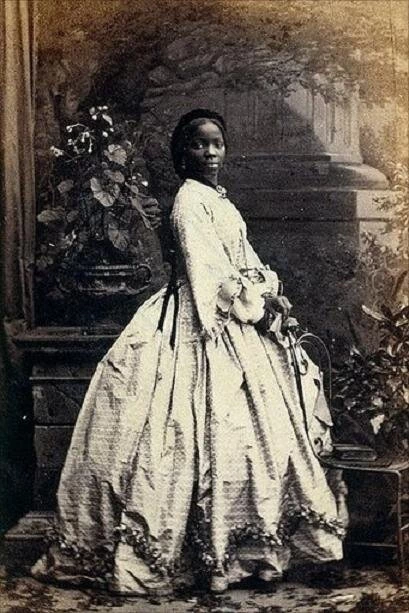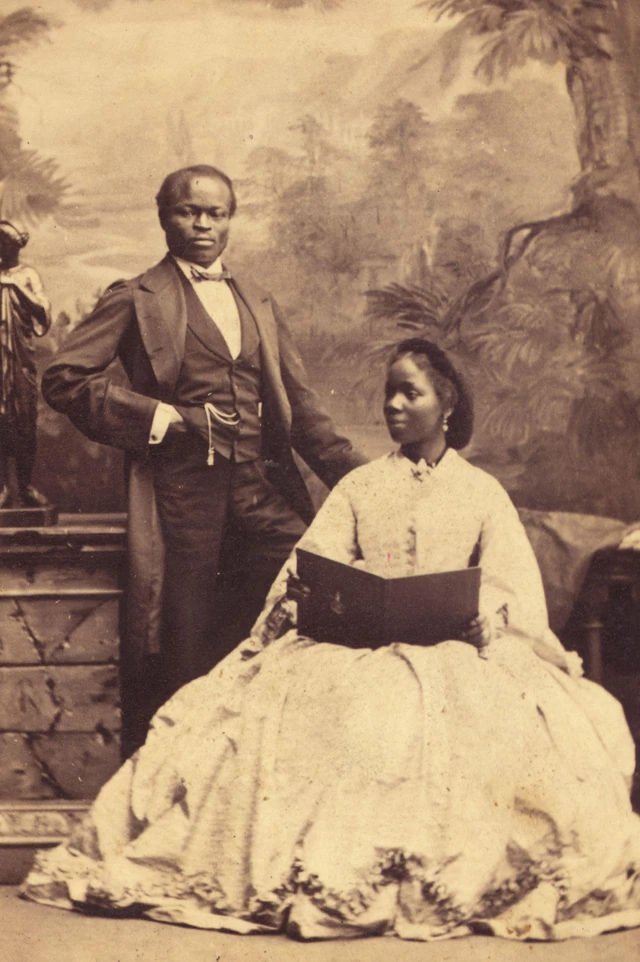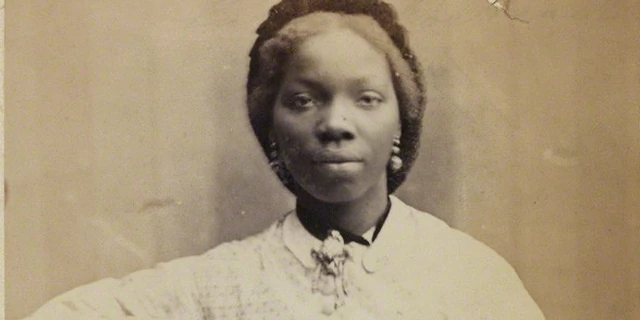In the history of the slave trade in Africa, there are many exciting and heartbreaking stories of Africans who were removed from their homes and taken to a land strange to them.
Still, one may never find a story like the one of Omoba Aina, also known as Sarah Forbes Bonetta.
Born an Egbado princess of the Yoruba people in Oke-Odan in present-day Ogun State, Omoba Aina was reaped from her homeland when it was invaded by Dahomeyen soldiers who raided neighboring villages and towns for enslaved people.
In this raid, Princess Aina lost her parents, her entire family and her people. She was taken captive instead of killed immediately because the special tribal marks on her face indicated that she was a princess, and this meant she was a good candidate for a beheading ritual which King Ghezo.
The ruler of the kingdom of Dahomey at the time, made to the gods of his land. In the meantime, she was made to work at the king’s palace as a slave.
In 1850, Frederick Forbes, a sea captain paid a visit to King Ghezo of the Kingdom of Dahomey as a Queen Victoria’s representative, to persuade him to stop his activities in the slave trade.
As the meeting commenced, King Ghezo thought it a good idea to carry out the sacrifice before the visitor. But before the young girl could be beheaded alongside other selected slaves, Frederick Forbes intervened and insisted on her release.
To save the girl’s life without angering the King, he told him that the girl would be a gift from the king of the Blacks(King Ghezo) to the Queen of the whites (Queen Victoria).
The young girl returned with the captain as he sailed back to England. But before that, he took her to the Church Missionary Society in Badagry; there, she became baptized as Sarah Forbes Bonetta, giving her his name and the name of the ship they sailed on, which was called the HMS Bonetta.
After a few months in England, Captain Frederick presented the girl to the Queen, who immediately liked her, describing the ten-year-old as “intelligent and sharp”. She was also impressed with her command of the English language at such a young age.
Queen Victoria adopted her and sponsored her education. She stayed in England for some years before being taken to Sierra Leone to complete her education at a missionary school, mainly due to her health, which was believed to be negatively affected by the European weather.

As at the time she became a full fledged adult, she had become very famous with a place among the Victorian elites. She was the black goddaughter of the most powerful woman in the world.
On the 14th of August 1862, Sarah married a Nigerian, Sierra Leonean-born businessman, James Davies, who the Queen approved. Though it is believed that Sarah was not interested in marrying this man, they were joined together in a lavish ceremony by the Queen herself.

The couple later moved to Lagos and had three children. The first child, a girl, was named Victoria after the Queen and became her goddaughter.
Unfortunately, in the late 1860s, Sarah Forbes soon became severely sick with tuberculosis, which at that time, had no cure. She moved to Madeira, hoping that the weather conditions there would help manage her illness. However, she died there in Madeira on the 15th of August 1880, at 37.
The story of Omoba Aina is a unique one, much like fiction. From the traumatic childhood of slavery to a ‘privileged’ upbringing shaped by a woman who was at the time the most powerful ruler in the world.
Her story brings to light the capabilities and intelligence of Africans even in the 19th century and how much they could have achieved if given the right opportunities and platforms.



